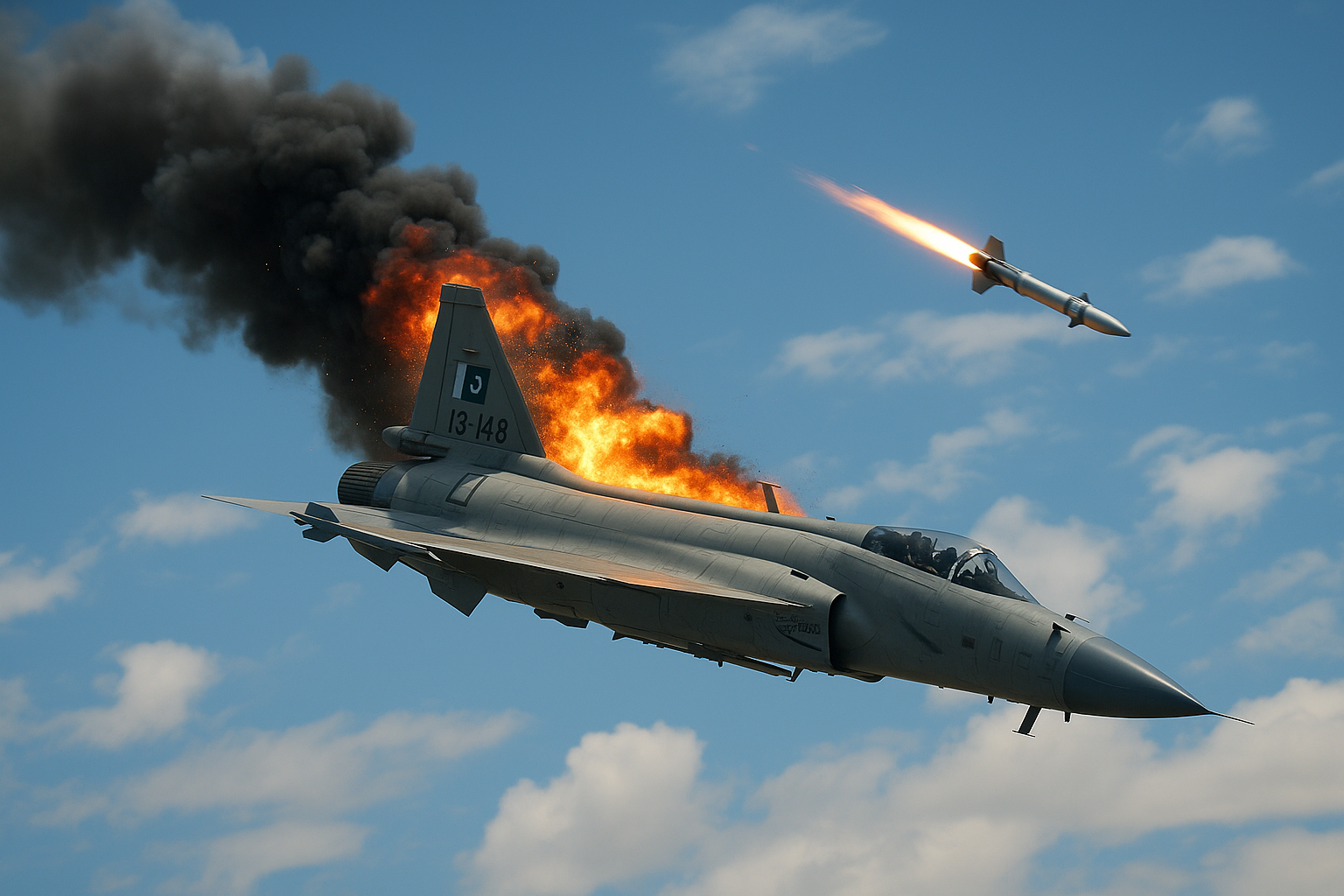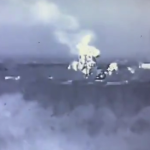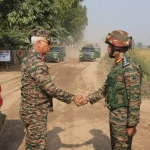In a dramatic escalation of military tensions, Indian forces have shot down multiple Pakistani fighter jets over the Kashmir region, specifically in the Baramulla, Budgam, and Srinagar sectors of Indian-administered Jammu and Kashmir. The high-altitude encounter, which occurred early Saturday morning, comes amid rising fears of a broader conflict between the nuclear-armed neighbors.
According to defense sources, the Pakistani aircraft were intercepted as they neared Indian airspace near the Line of Control (LoC). Indian air defense systems reportedly engaged the incoming jets, resulting in successful shoot-downs. Search and rescue operations have been launched in the area to recover debris and locate pilots, though their condition and identities remain unconfirmed.
This latest incident follows a sharp uptick in cross-border hostilities in recent days. On May 9, BBC News reported the discovery of the wreckage of a French-manufactured air-to-air missile, typically deployed by India’s Mirage 2000 and Rafale fighters. This finding indicates an ongoing exchange of advanced aerial weaponry and underscores the growing technological sophistication of the conflict.
Pakistan had earlier claimed responsibility for downing an Indian Rafale fighter jet near Bathinda, Punjab, as reported by The Aviationist on May 7. While Indian authorities have not confirmed the loss, the mounting claims and counterclaims reflect a dangerous pattern of escalating air combat.
The Kashmir Valley—particularly the Baramulla-Budgam-Srinagar corridor—remains a flashpoint in India-Pakistan relations. The region’s proximity to the LoC and its strategic and symbolic significance have made it the epicenter of numerous military engagements, including the 2019 Balakot airstrikes following the Pulwama terror attack.
The current flare-up adds to a long history of conflict over Kashmir, which has triggered wars in 1947, 1965, and the 1999 Kargil conflict. Since both countries declared themselves nuclear powers—India in 1974 and Pakistan in 1998—the stakes of any military confrontation have dramatically increased. Despite the 1949 Karachi Agreement establishing a cease-fire line, repeated violations and insurgent activity have sustained the cycle of violence.
Global powers have expressed concern over the current escalation, urging both sides to exercise restraint. Diplomatic channels remain open, but the use of advanced fighter jets and missile systems suggests a deeply entrenched standoff with limited appetite for de-escalation in the immediate term.
As India continues surveillance operations in the region and Pakistan maintains high alert status, the world watches with growing unease, aware that the situation in Kashmir could rapidly spiral into a wider and more destructive conflict.













